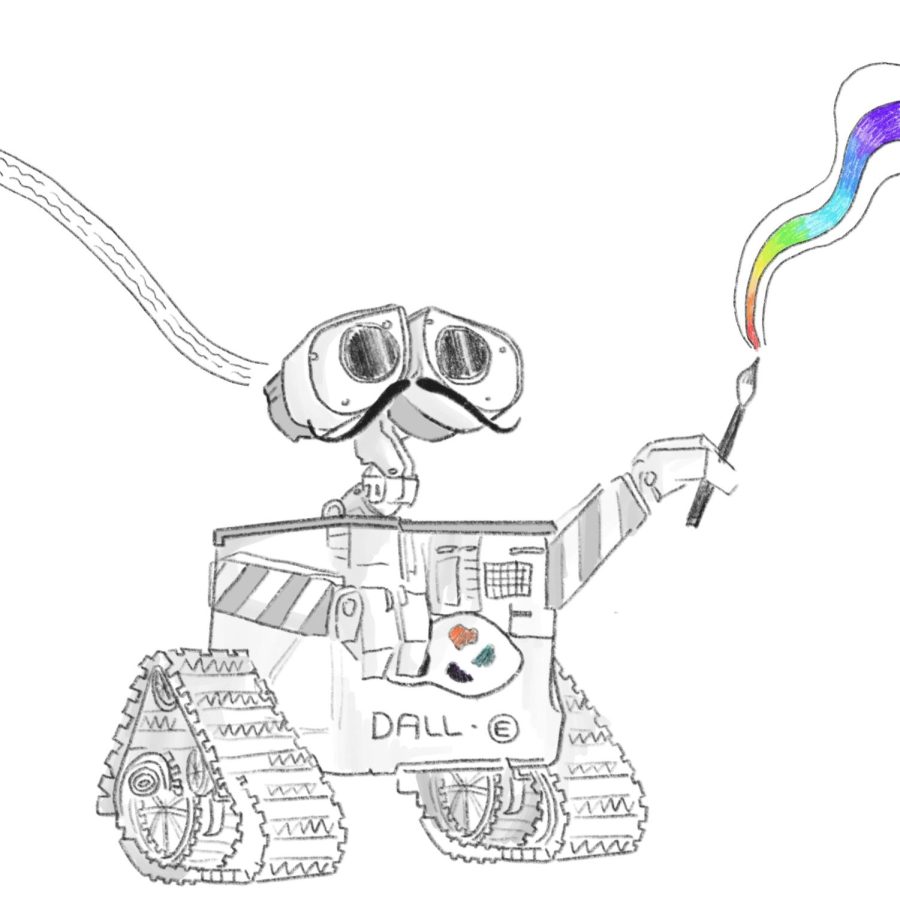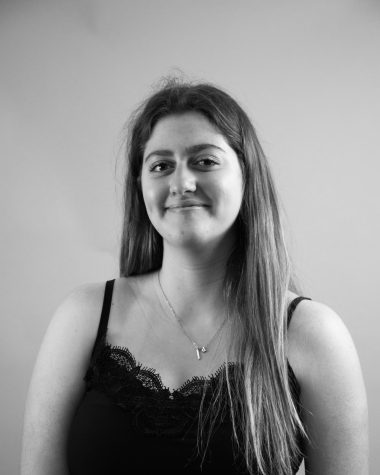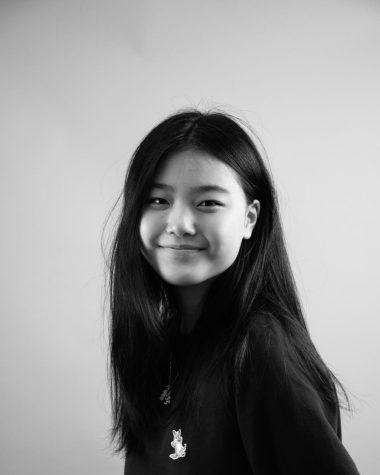The Failure of DALL-E 2 and Algorithmic Art
June 28, 2022
Automation has always threatened people’s jobs and everyday routines. Whether it be blue-collar or white-collar workers, algorithms appear in most workplaces, putting humans at risk of being replaced for redundant tasks and jobs. While employees have been looking for novel jobs that will prevent automation from completely changing their lives, artists have been comfortable in the fact that their creativity, which Artificial Intelligence (AI) lacks, will secure their current jobs. However, with recent technological advances in AI, artistic expression is losing its human touch as well.
Within the last few years, music-generating AI platforms, such as Jukebox and Boomy, have started to stir up some debates. Since robots cannot experience the emotions singers express or feel the effects that music has on humans, some argue that it is difficult for them to create music with the same emotional impact. On the other hand, people believe that AI will be able to create top hits using generic—yet popular—lyrics, beats, and numerous samples from previous hit songs. It can certainly be argued that the quality of music created by AI may not be groundbreaking; however, the cutting-edge technology does put some smaller, less popular artists that create similar music at a disadvantage, risking their potential for success.
DALL-E 2, initially created in 2021, is a new AI platform that has also begun to threaten artists. The app creates numerous versions of an image, with different stylistic approaches, displaying the user’s input. Although you can currently only join the waitlist in order to use the program, the website showcases a number of possibilities a single prompt can create. It is certainly fascinating to see the execution of this platform and to consider the endless opportunities in which it can empower humans instead of restricting them, as automation tends to do. For example, self-driving cars could replace employers that depend on driving for their livelihood, such as truck or taxi drivers.
The current debate regarding this new technology, however, is that art generated by AI is not truly art, or at the very least, good art. Art is meant to express certain emotions and experiences that robots can never truly learn, and that no algorithm can truly teach. Humans create art for the purpose of telling stories that are relatable to others, unique to themselves, or to depict the complex emotions that they make you feel. People also interpret art in different ways based on their personal experiences, which is difficult with DALL-E as the art is made from a single prompt. With AI-generated pieces, art becomes more simple and less intentional, stripping away its human expression and, arguably, its purpose.
While algorithms do create much more efficient methods for completing everyday tasks, saving both people’s time and money, there are certain aspects of life that they can never replace. As much as it tries, AI is limited in the scope of creativity. It cannot generate a way to express its thoughts without being simplistic and binary. Although these art-generating platforms have the potential to be extremely impactful and powerful when working alongside artists, they can never fully thrive on their own.
This piece also appears in our June 2022 print edition.











